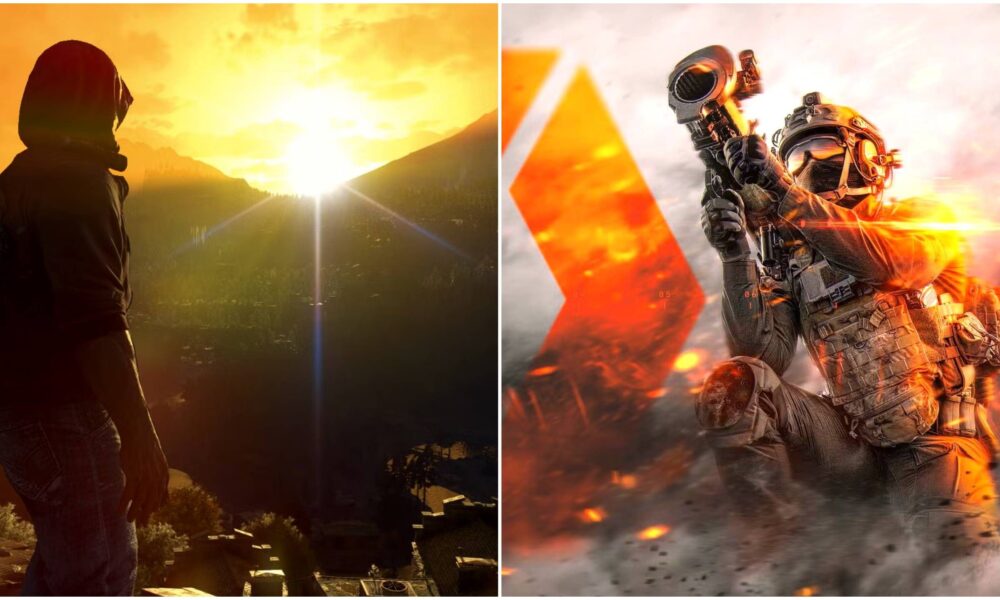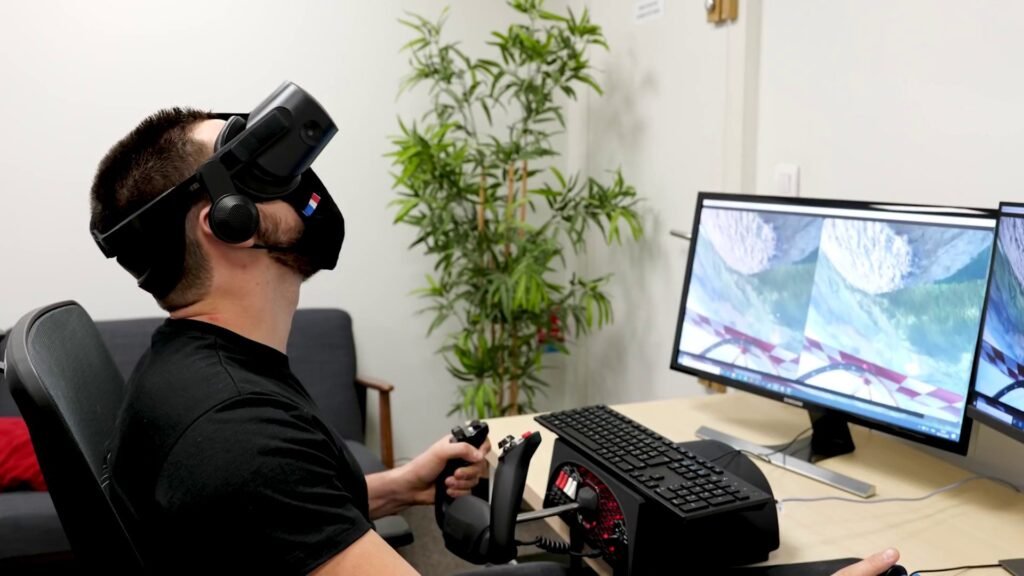The landscape of gaming technology is changing as major AAA titles in 2025 increasingly opt out of ray tracing. This decision is proving to be beneficial for performance and user experience, allowing games to run smoothly on a wider range of hardware. Notably, recent releases like Dying Light: The Beast and Battlefield 6 demonstrate that prioritizing optimization rather than chasing the latest graphical trends can lead to a more enjoyable gaming experience.
Ray Tracing’s Decline in Relevance
Since its introduction, ray tracing has been viewed as a revolutionary advancement in gaming graphics. Despite the hype, only a limited number of PCs and consoles can effectively utilize this technology without significant drops in frame rates. Five years after its debut, ray tracing is no longer the essential feature it was once considered. Many of the most technically impressive games released recently have opted to forego ray tracing altogether, focusing instead on optimization and stability.
For instance, Dying Light: The Beast launched without ray tracing, a strategic move that has allowed it to perform exceptionally well across a variety of systems. This choice reflects a broader shift among developers who recognize that players often prioritize a stable experience over advanced visual fidelity.
Major Studios Embrace Optimization
When indie developers skip ray tracing, it is often a matter of budget constraints. However, major studios making the same choice signals a significant change in industry priorities. Battlefield 6, which released shortly after Dying Light: The Beast, also chose not to implement ray tracing at launch. Developers at DICE focused on delivering a stable, high-performance experience, saying they have no plans to introduce ray tracing in the future.
This shift towards optimization has allowed both games to run smoothly on older hardware. For example, players using mid-range graphics cards like the GTX 1660 Ti can achieve frame rates exceeding 60 frames per second on medium settings. By choosing to prioritize consistency and accessibility, these developers are setting new standards for what constitutes a polished AAA game in 2025.
One of the standout titles, Kingdom Come: Deliverance II, also forwent ray tracing. Built on the CryEngine, the game relies on traditional raster-based techniques. The result is a visually stunning open-world experience that runs smoothly even on lower-end systems. This focus on solid optimization ensures that a broader audience can enjoy the game, enhancing its overall accessibility.
Successful Launches Without Ray Tracing
Another notable example is Stellar Blade, which made its way from PlayStation to PC in June 2025. Rather than incorporating every cutting-edge graphical feature, the development team at SHIFT UP emphasized efficient visual design and optimization. This approach led to a successful launch, with the game selling over a million copies within three days. Players praised its performance, with even older GPUs managing to run the game smoothly at medium settings.
Similarly, Dying Light: The Beast has received acclaim for its excellent lighting and performance, even without ray tracing. The game runs well on a variety of graphics cards, providing a consistent experience that appeals to gamers who may not have the latest hardware. With frame rates around 50 to 55 fps on medium settings, players are enjoying the game without the added burden of advanced lighting technology.
In contrast to previous entries in the franchise, which suffered from poor optimization, Dying Light: The Beast has successfully balanced visual quality and performance. This focus on raster graphics and baked lighting techniques has proven effective, showcasing that developers can deliver high-quality experiences without relying on ray tracing.
A New Direction for AAA Games
The decision to move away from ray tracing in these major titles marks a significant shift in the gaming industry. With rasterization technology maturing and becoming increasingly efficient, the gap between traditional graphics and ray tracing is narrowing. As developers learn to leverage clever post-processing techniques, the results can often be indistinguishable from those produced by ray tracing.
While ray tracing will undoubtedly continue to evolve and improve, the current trend suggests a healthy correction in the industry. By prioritizing performance and accessibility, developers are recognizing that not all players have access to high-end hardware capable of supporting advanced graphical features. The focus has shifted from creating tech demos to delivering games that run smoothly and appeal to a broader audience.
Overall, the gaming landscape in 2025 indicates a promising future where optimization takes precedence over the pursuit of cutting-edge technology. As more studios embrace this philosophy, players can expect a more inclusive gaming environment that caters to a diverse range of systems and preferences.







